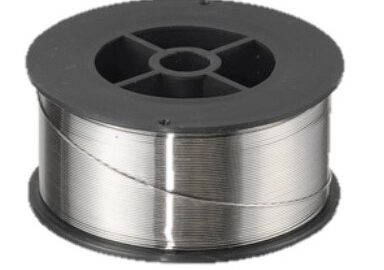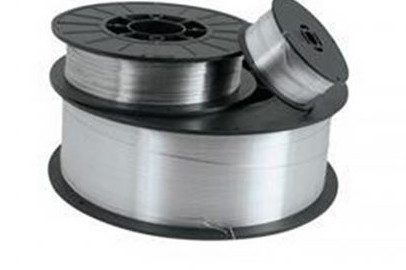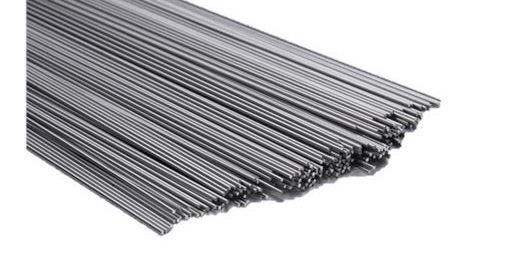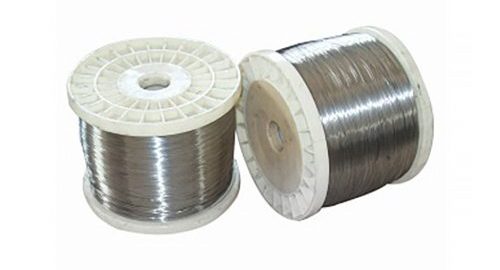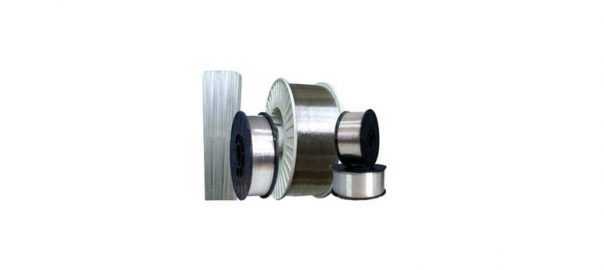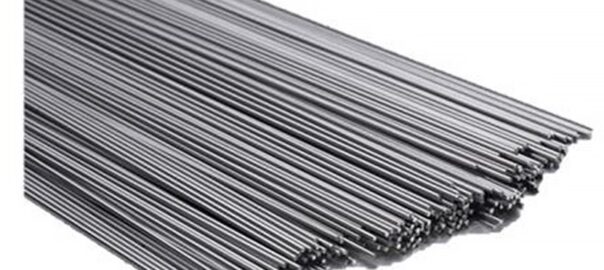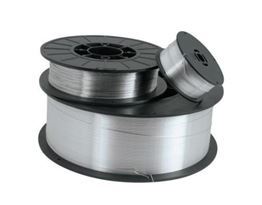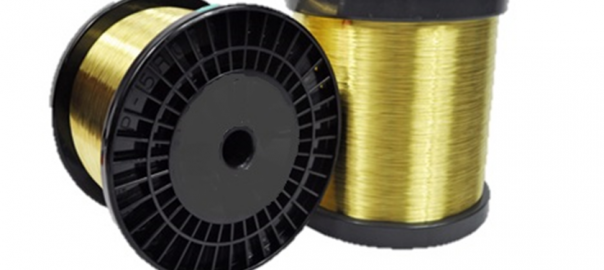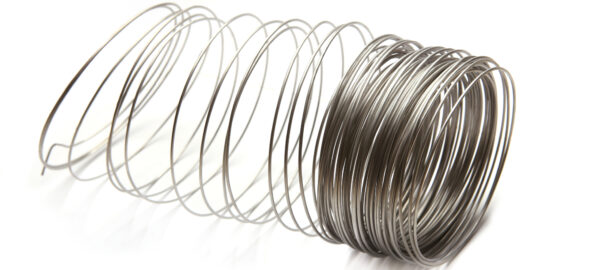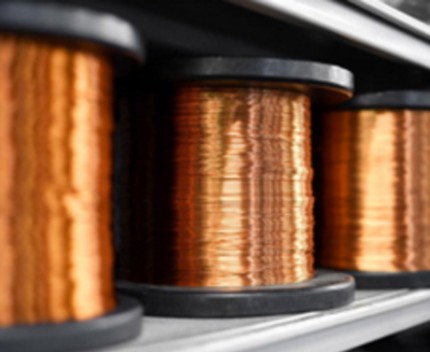
The main applications of copper are in electrical wiring, roofing, plumbing, and industrial machinery. For many of these applications, copper is used in its pure form. However, it can be alloyed with other metals when increased levels of hardness are required.

For some applications, copper alloy conductors are preferred instead of pure copper, especially when higher strengths or improved abrasion and corrosion resistance properties are required. However, relative to pure copper, the higher strength and corrosion resistance benefits that are offered by copper alloys are offset by their lower electrical conductivities. Design engineers weigh the advantages and disadvantages of the various types of copper and copper alloy conductors when determining which type to specify for a specific electrical application.
Copper is the electrical conductor in many categories of electrical wiring. Copper wire is used in power generation, power transmission, power distribution for telecommunications, electronics circuitry, and countless types of electrical equipment. Copper and its alloys are also used to make electrical contacts. Electrical wiring in buildings is the most important market for the copper industry. About half of all copper mined is used to manufacture electrical wire and cable conductors.
Electrical conductivity is a measure of how well a material transports an electric charge. This is an essential property in electrical wiring systems. Copper has the highest electrical conductivity rating of all non-precious metals: the electrical resistivity of copper = 16.78 nΩ•m at 20 °C. Specially-pure Oxygen-Free Electronic (OFE) copper is about 1% more conductive (i.e., achieves a minimum of 101% IACS).
The theory of metals in their solid state helps to explain the unusually high electrical conductivity of copper. In a copper atom, the outermost 4s energy zone, or conduction band, is only half filled, so many electrons are able to carry electric current. When an electric field is applied to a copper wire, the conduction of electrons accelerates towards the electropositive end, thereby creating a current. These electrons encounter resistance to their passage by colliding with impurity atoms, vacancies, lattice ions, and imperfections. The average distance travelled between collisions, defined as the “mean free path“, is inversely proportional to the resistivity of the metal. What is unique about copper is its long mean free path (approximately 100 atomic spacings at room temperature). This mean free path increases rapidly as copper is chilled.




